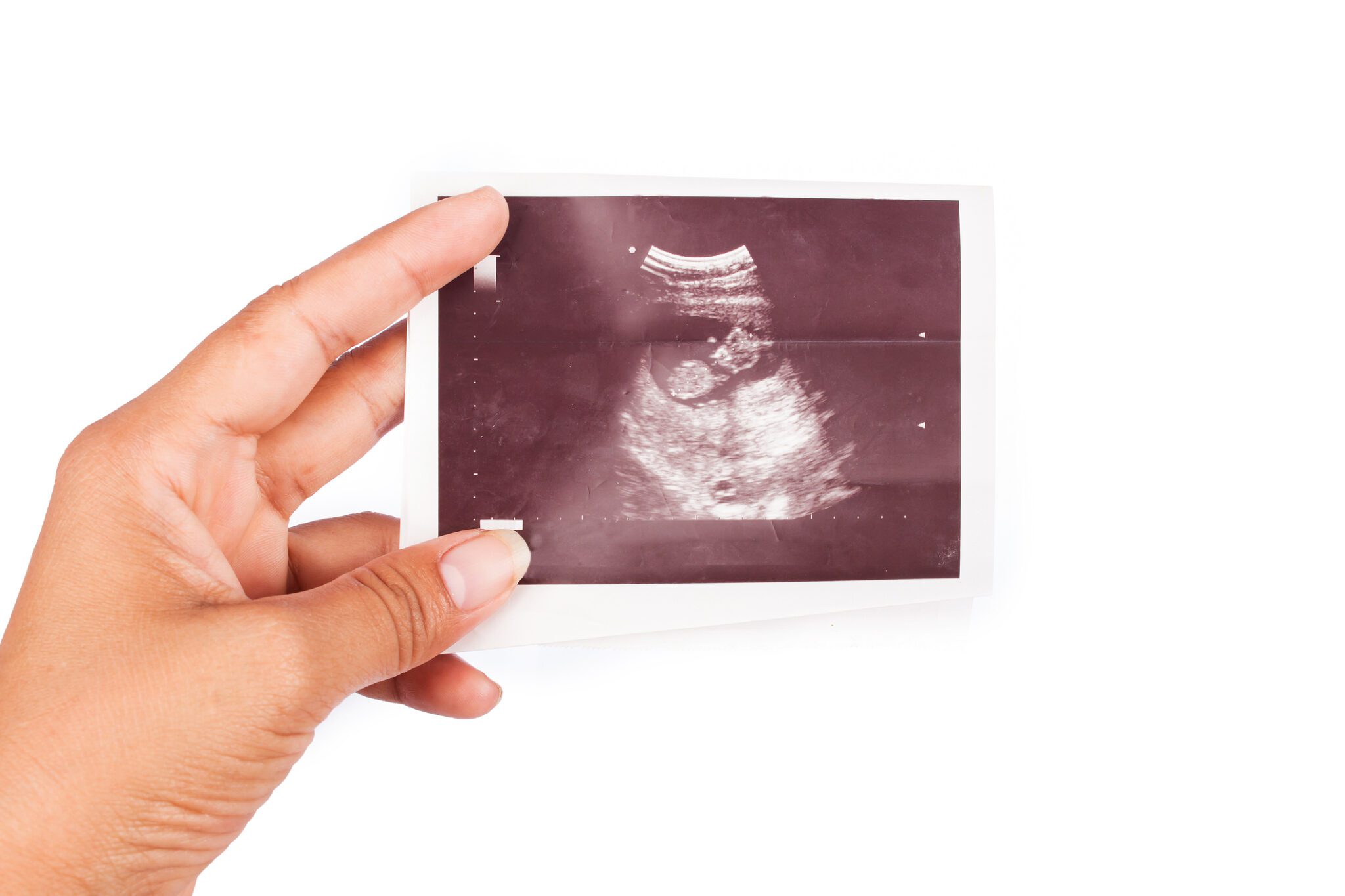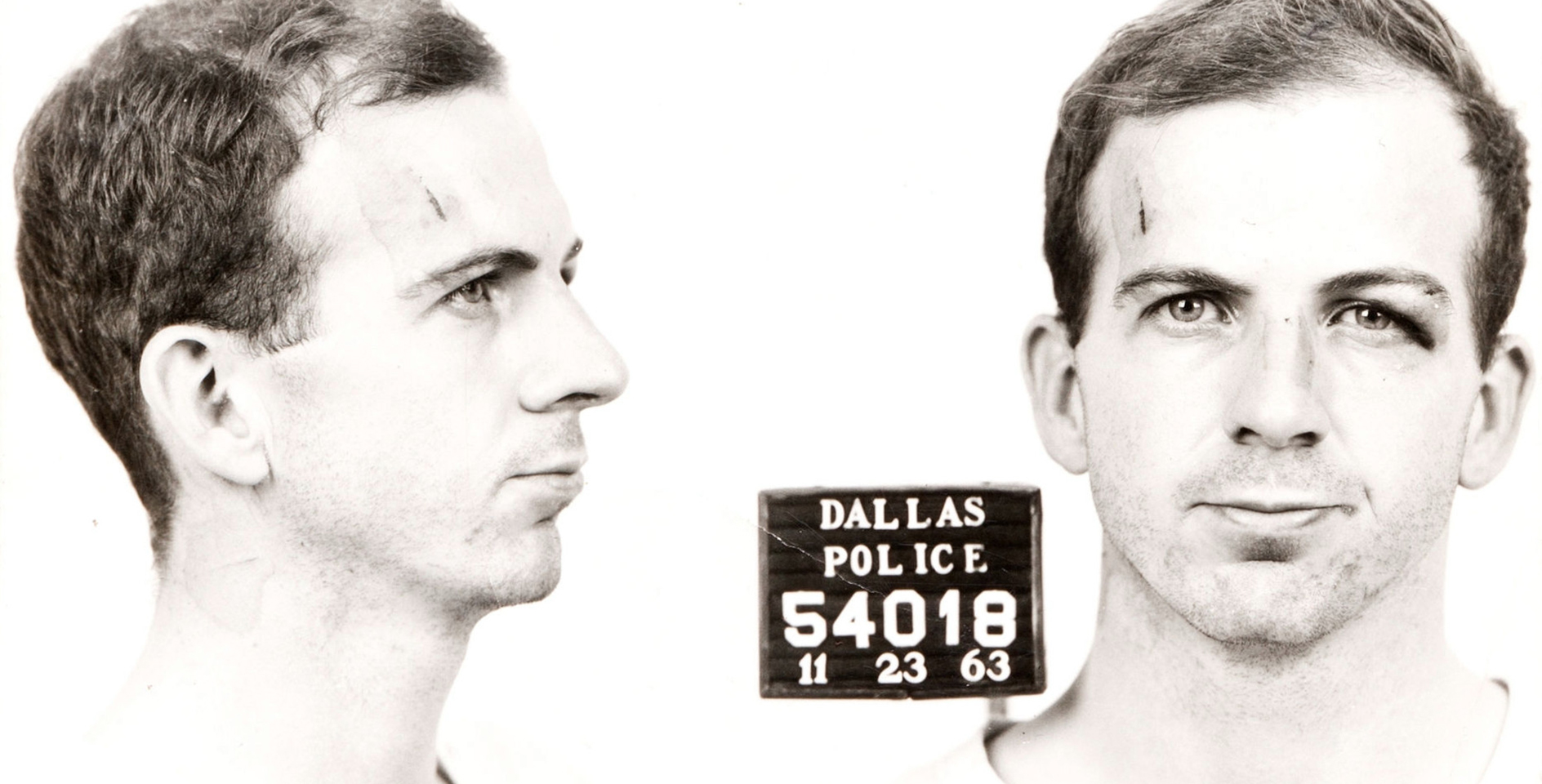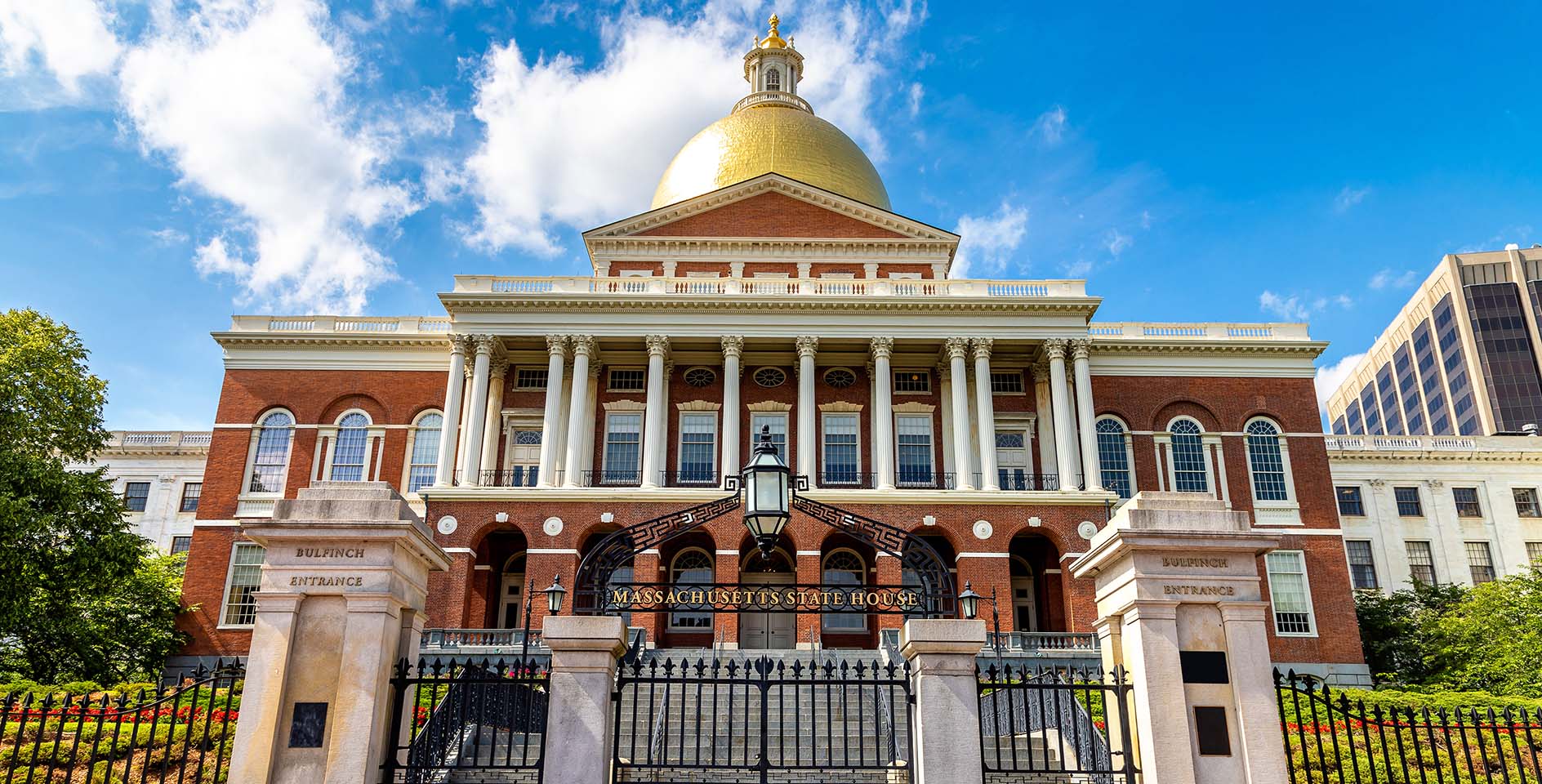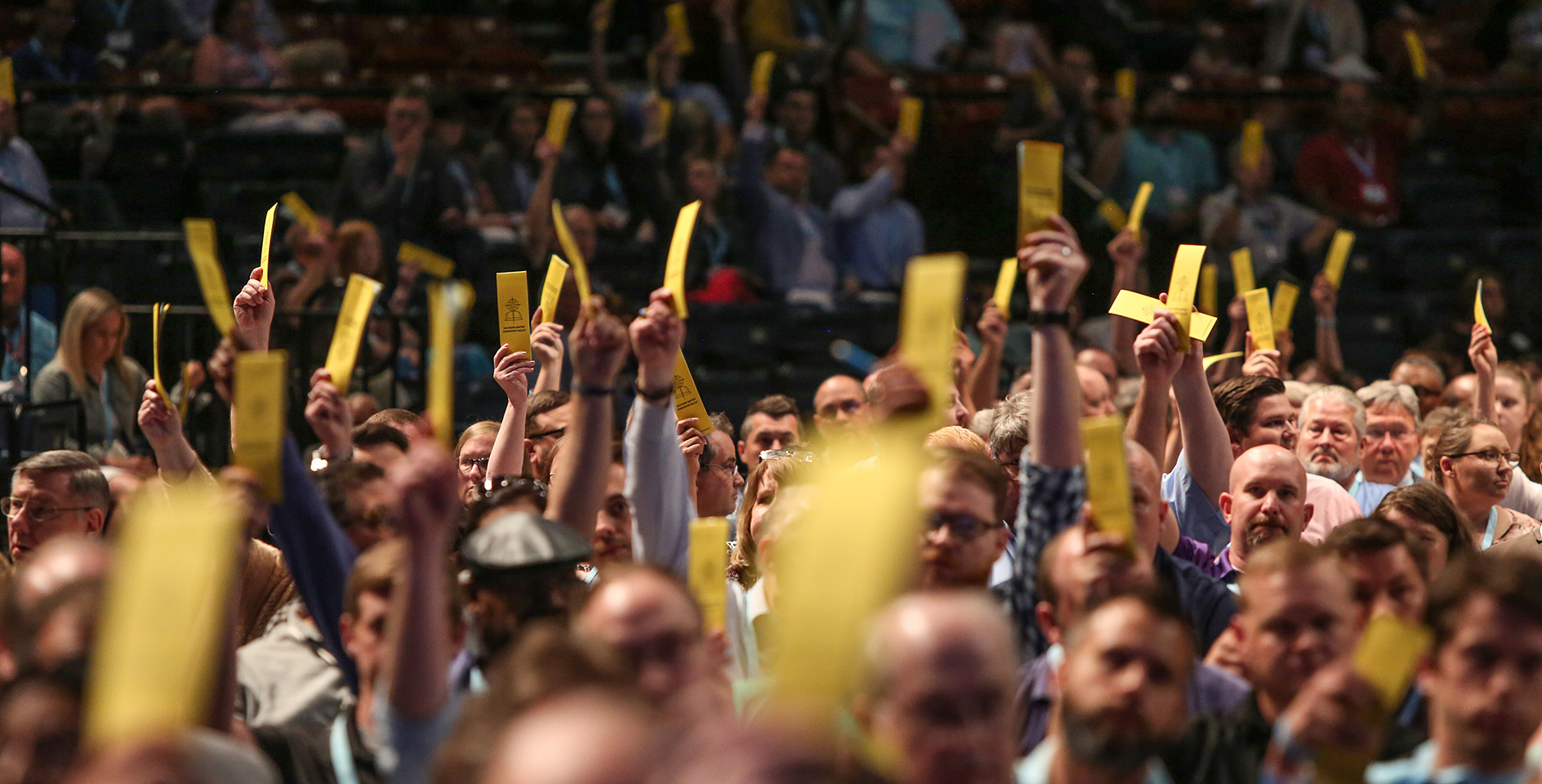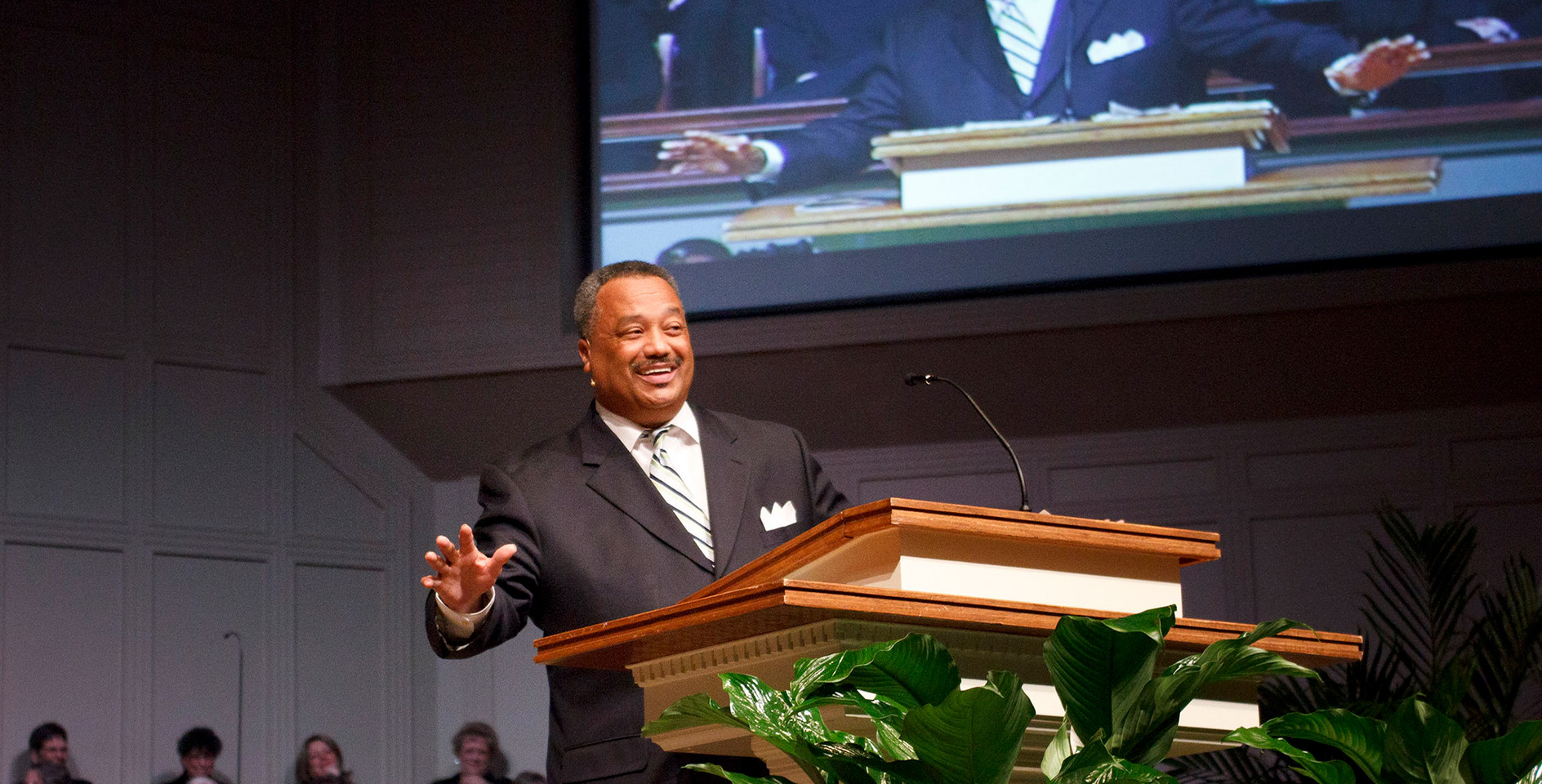Today the National Archives will be releasing to the public thousands of files related to the assassination of John F. Kennedy in Dallas, Texas on November 22, 1963.
Here are five facts you may not know about the Kennedy assassination.
1. A popular movie led Congress to release records related to the assassination
The end of the movie JFK, a popular 1992 conspiracy movie directed by Oliver Stone, suggests that Americans cannot trust official public conclusions when those conclusions have been made in secret. The movie—and specifically this scene—prompted Congress later that year to pass the President John F. Kennedy Assassination Records Collection Act of 1992, known as the JFK Records Act. The act created the Assassination Records Review Board (ARRB), which in a final report partially credits the film with promoting Congress’s action. The act also directed the National Archives and Records Administration (NARA) to establish a collection of records to be known as the President John F. Kennedy Assassination Records Collection and requires that each assassination record be publicly disclosed in full and be made available in the collection no later than today—October 26, 2017, unless the President of the United States decides to keep them classified.
2. Two branches of the federal government held six investigations into the assassination—and came to differing conclusions
The FBI was the first authority to complete an investigation in 1963. Their report was given to the President's Commission on the Assassination of President Kennedy—known unofficially as the Warren Commission—which issued an 888-page final report in 1964. Four years later, Attorney General Ramsey Clark asked four medical experts to review the evidence, in what became known as the Clark Panel. In 1975, a commission headed by Vice President Nelson Rockefeller—known as the Rockefeller Commission—investigated the activities of the CIA within the U.S. to see if they were connected to the JFK assassination. That same year a Senate committee chaired by senator Frank Church—the Church Committee—also investigated CIA activity as well as FBI conduct related to the tragedy. Skepticism of the Warren Commission finding led the House of Representatives to create the United States House Select Committee on Assassinations to investigate the assassinations of JFK and Martin Luther King, Jr. Based on evidence that was later discredited, this committee concluded there was a “probable conspiracy” behind the murder and that it is likely Lee Harvey Oswald did not act alone.
3. Oswald had attempted murder before, and murdering a president wasn’t a federal offense
In April 1963, Lee Harvey Oswald attempted to murder an American army officer, Major-General Edwin A. Walker. Upset that the general wanted to invade Cuba and kill his hero Fidel Castro, Oswald used a rifle to shoot at Walker in his home. The bullet missed Walker by an inch, and Oswald escaped. Several months later, on November 22, Oswald was arrested—not for shooting the president—but for fatally shooting a police officer, Dallas police officer J.D. Tippitt. Had he been charged before he was killed by Jack Ruby, Oswald wouldn’t have been charged with a federal crime since killing or attempting to harm a president wasn't made a federal offense until 1965, two years after Kennedy's death.
4. During his life Kennedy was the focus of at least six assassination plots
Two separate plots were planned in Chicago, one in Miami, and one in Tampa was allegedly planned just weeks before Kennedy was killed in Dallas. Another assassination was planned in December 1960, one month after he became president-elect. Richard Paul Pavlick, a 73-year-old retired postal worker, followed Kennedy to Palm Beach, Florida in a car filled with dynamite. Pavlick parked outside the Kennedy’s Palm Beach compound and waited for the president-elect to leave his house to go to Sunday Mass. Pavlick’s plan was to ram his car into Kennedy’s limo, setting off the explosives and killing them both. He changed his mind when he saw Kennedy’s family in the car. Before Pavlick could make a second attempt he was caught by the Secret Service and put in a mental institution.
5. Kennedy may have died because he was wearing a back brace
Kennedy suffered from chronic back pain and had five surgeries to correct the problem. (After a surgery in 1954, his post-operative coma and septicemia was so bad a priest to give him last rites.) On the day he was shot, Kennedy was wearing a heavy, corset-like brace that went from his chest to below his waist. This is why he remained upright after being shot in the back of his shoulder. That same bullet hit Connally and caused the Texas governor to slump over in his seat.
Because of the brace, Kennedy remained in an upright position as the second bullet struck him in the back of the head. The doctor who treated him for the head injury, Dr. Kenneth Salyer, believes that without the brace Kennedy would not have suffered the wound that caused his death.


